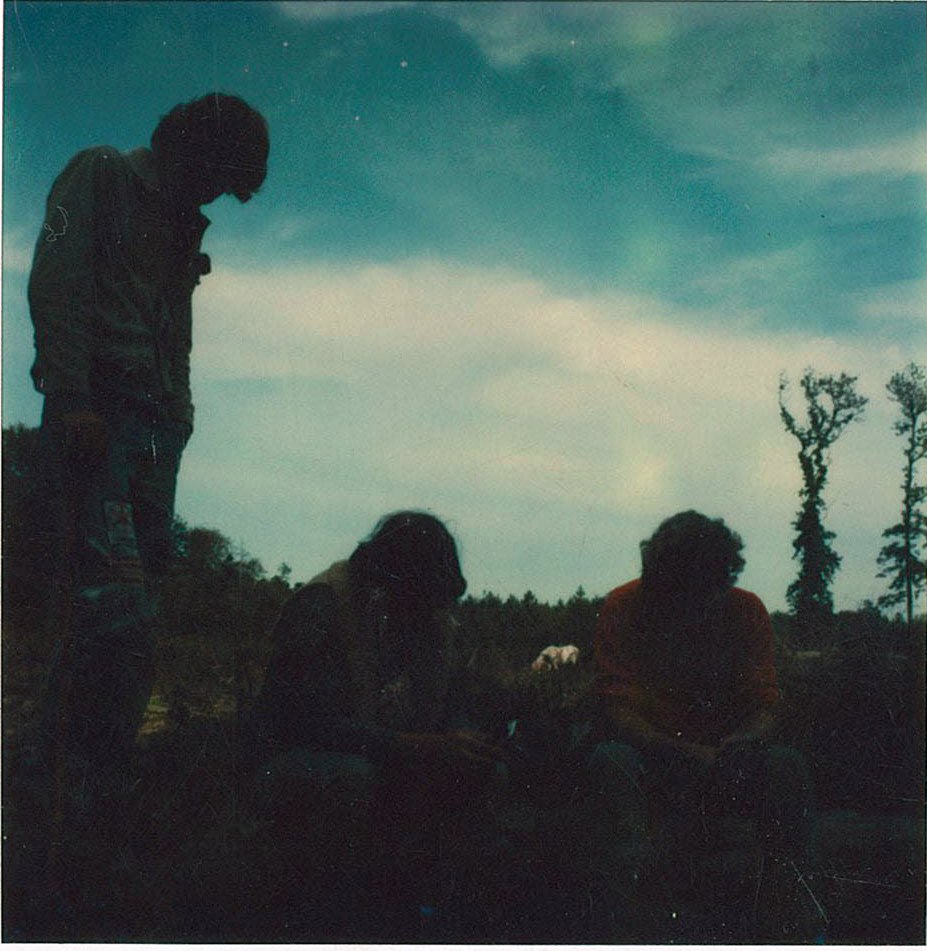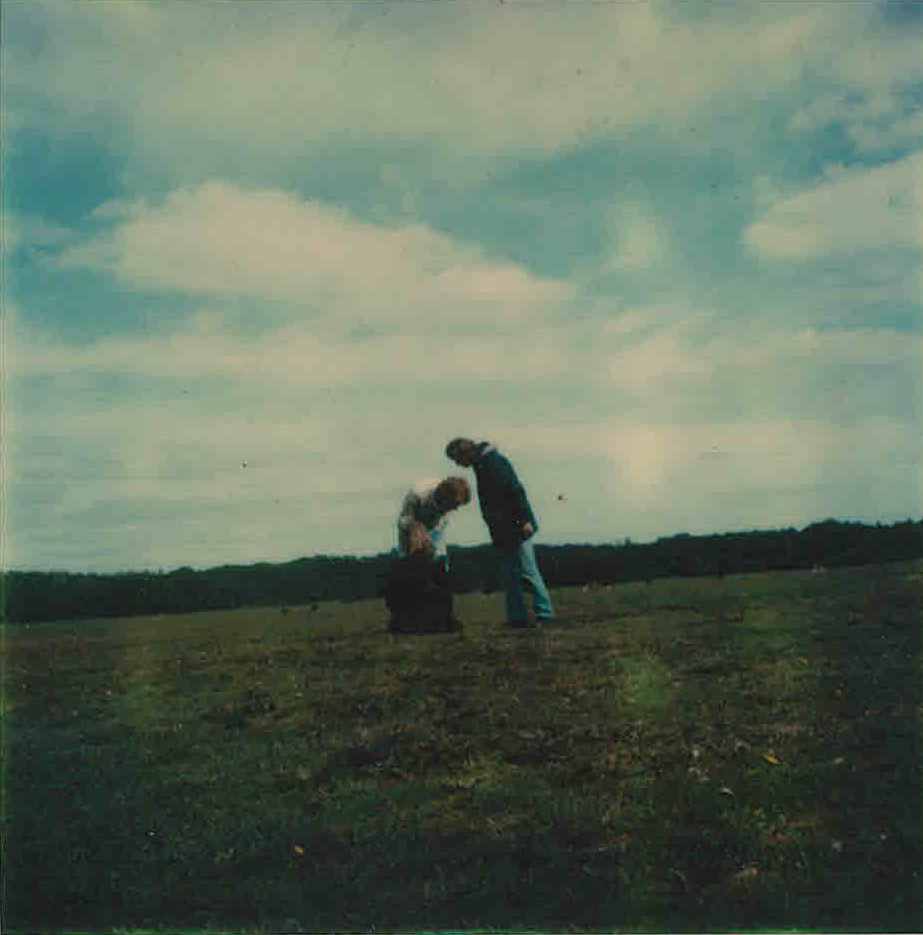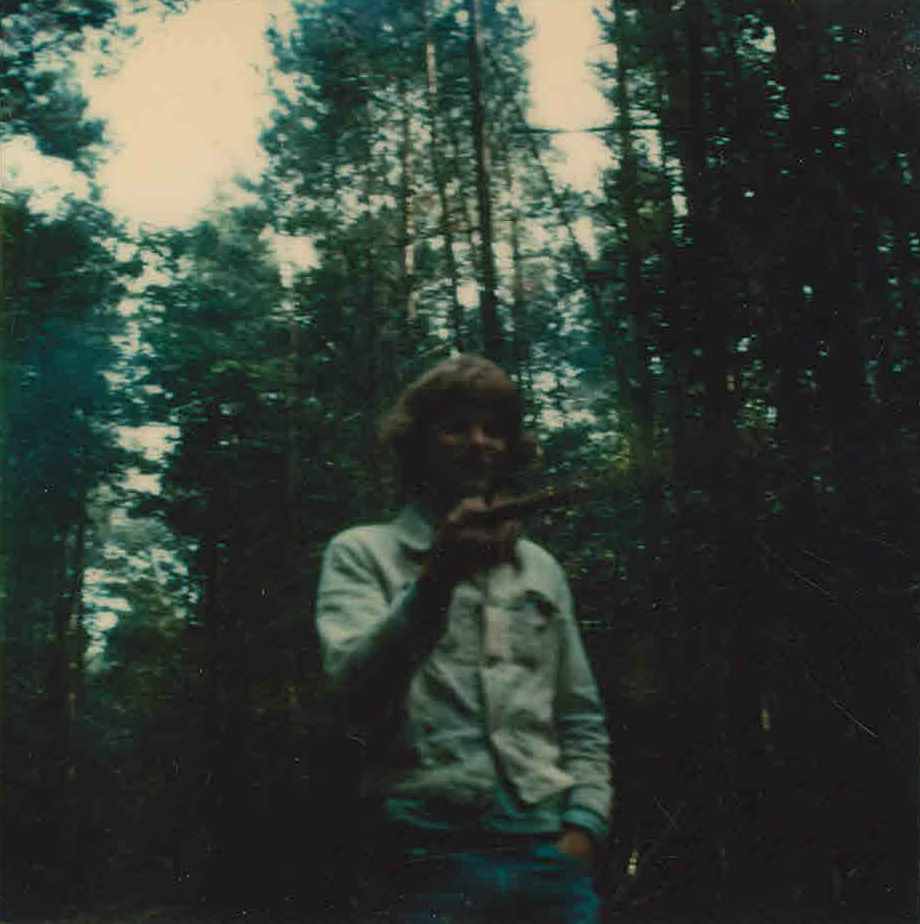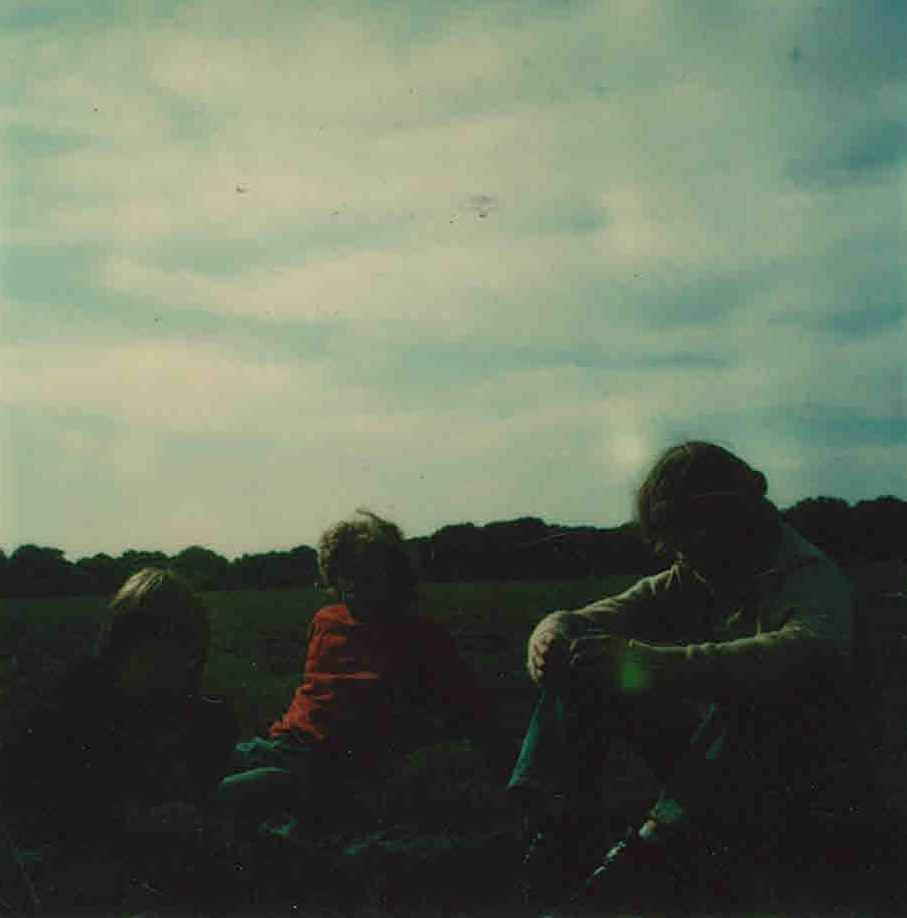The Woods and Fields of England
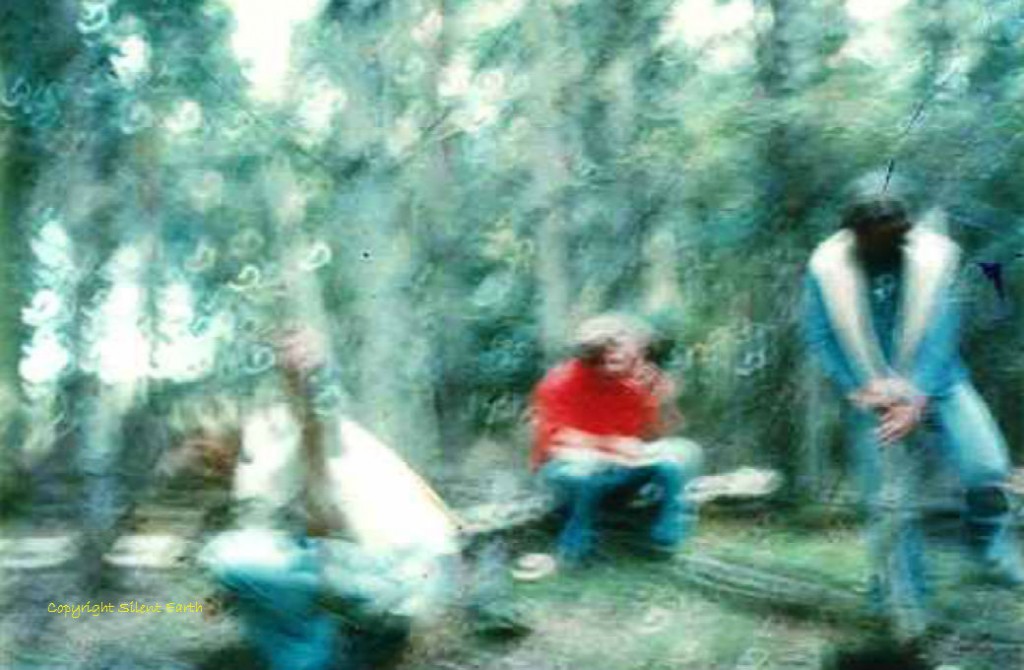
WRITTEN BY Austin Kinsley ON 30/10/15. The Woods and Fields of England POSTED IN General
A recurring theme for me of this year was sketched in an article by Robert MacFarlane in The Guardian newspaper on 10 April 2015, ‘The Eeriness of the English Countryside’, found here. I spent many hours during 2015 in the woods and fields of England at locations such as:
- The valley of the stones in Dorset
- Cerne Abbas and the Cerne Abbas Giant
- The Vale of Pewsey
- Avebury and its landscape
- Stonehenge, Salisbury Plain and its landscape
- Corfe, Goldlingston Heath and Agglestone Rock in Dorset
- Badbury Rings, Knowlton church and henge, and Hengistbury Head in Dorset
- Bodmin Moor in Cornwall
The fabric and shape of the land is textured in history, myth, lore and legend, and the earth itself a repository and memory of all that’s gone before, since time immemorial.
As a child, close to where I lived, the pine woods of Talbot Woods in Bournemouth were a place of endless fascination and entertainment for me, particularly during school holidays, where I would idle away hours on a summer’s afternoon. Being born in Bournemouth on the south coast of England, with the New Forest on my doorstep, it became another frequently visited location, its history and folklore soaked into both my conscious and unconscious mind.
“There is scarcely a village or hamlet in the Forest district which has not its ‘Pixey Field,’ and ‘Pixey Mead,’ or its ‘Picksmoor’ and ‘Cold Pixey,’ as well as ‘Puck Piece.’ At Prior’s Acre we find Puck’s Hill, and not far from it lies the great wood of Puckpits; whilst a large barrow on Beaulieu Common is known as Pixey’s Cave” – The New Forest: Its History and its Scenery, by John R Wise, 1863. Full text here.
Tales of witchcraft linger through the forest, often centred on the village of Burley, the New Forest Coven, and names such as Sybil Leek and Gerald Gardner, who lived locally at Highcliffe. Writing in 1863, a little over one hundred and fifty years ago, John R. Wise observed ‘The New Forest peasant puts absolute faith in all traditions, believing as firmly in St. Swithin as his forefathers did when the saint was Bishop of Winchester; turns his money, if he has any, when he sees the new moon; fancies that a burn is a charm against leaving the house; that witches cannot cross over a brook; that the death’s-head moth was only first seen after the execution of Charles I; that the man in the moon was sent there for stealing wood from the Forest.’ He also recorded ‘forest remedies’, stating, ‘for consumption is still to kill a jay and place it in the embers till calcined, when it is then drunk at stated times in water. Hares’ brains are recommended for infants prematurely born. Children suffering from fits are, or rather were, passed through cloven ash-trees. Bread baked on Good Friday will not only keep seven years, but is a remedy for certain complaints. The seventh son of a seventh son can perform cures. In fact, a pharmacopoeia of such superstitions might be compiled.’
As teenagers, my friends and I would occasionally take a train ride from Bournemouth to explore the New Forest. The old Polaroid photographs accompanying this post were taken during one of those teenage day trips near Balmer Lawn, Brockenhurst, in the New Forest. For me, these aged photographs capture an essence of the otherworldliness of the English countryside, a facet of its eeriness.
Sometime after 7 o’clock on the evening of 2 August 1100AD King William II (King Rufus) died close to Brockenhurst after a days hunting, killed by an arrow directly piercing his heart. Whether by accident or assassination is currently unknown for certain. It is said that the remaining company of ‘gentlemen’ on the Kings hunt that day scattered, leaving Williams body lying alone in the woods in the approaching dusk. It was found approximately two hours later by a charcoal burner, who loaded it onto his cart and carried it the twenty miles to Winchester. It was said that the kings blood watered the earth all the way .

